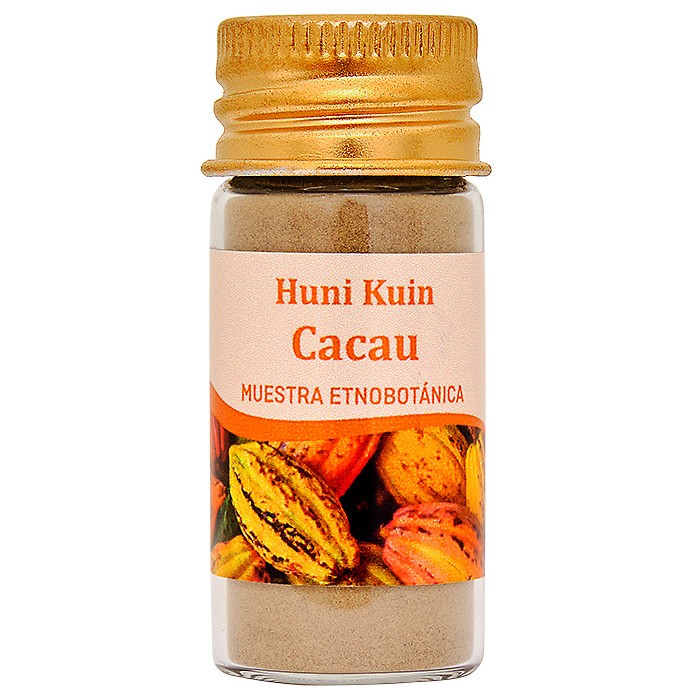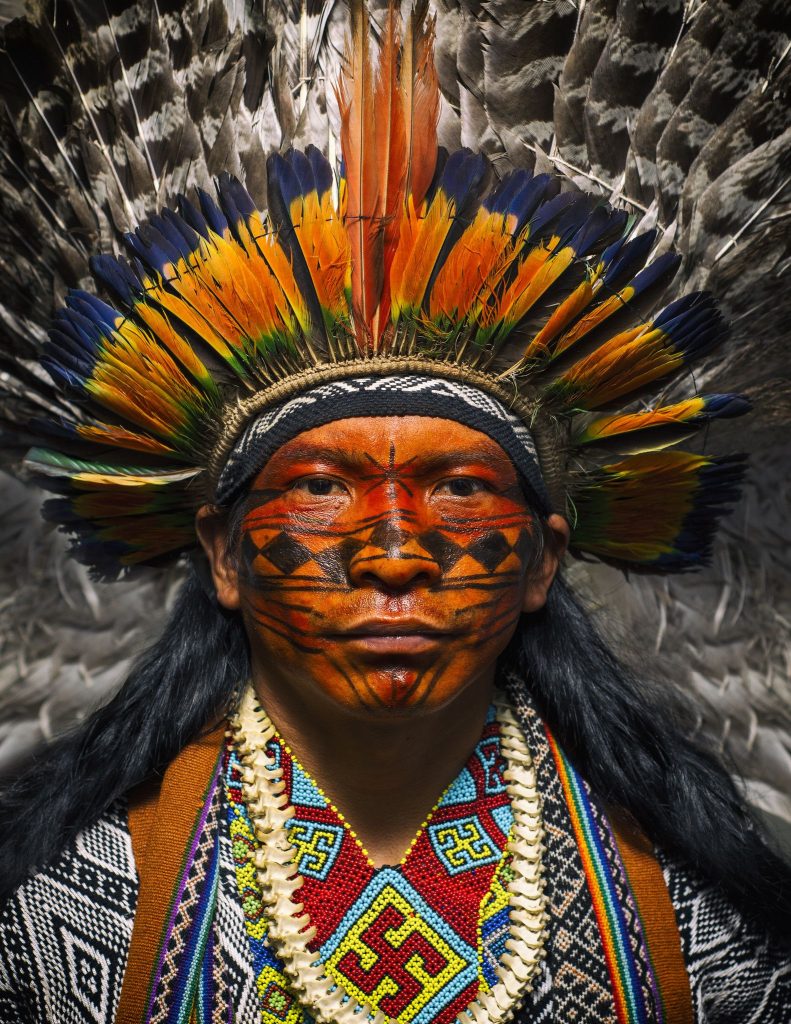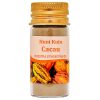Cocoa
28,00€
Cocoa rapé is an exquisite mixture that provides resistance and vivacity, as well as a deep state of well-being and inner physical and mental strength. It contains the alkaloid theobromine, which is a vasodilator, diuretic, and heart stimulant.
The Cacao tree (Theobroma Cacao) is native to the Amazon basin, from where it spread to other parts of the Americas and from there around the world.
Its scientific name comes from the Greek and means “Food of the gods”, very appropriate considering its valuable properties.
-Properties and benefits: Rapé de Cacau is especially indicated for ceremonies and introspection processes. Extra strong, it is a Rapé with few ashes and an earthy tone.
-Intensity: Very strong rapé variety.
-Proportion: Very high proportion of Mapacho.
-Tribe: This beautiful recipe is made by the Huni Kuin tribe, (Also known as Kaxinawá, caxinauá)
-Composition: Contains natural wild cocoa ashes from the region, and sometimes the pods of the fruit are also used. Cacao is a plant native to this part of the Amazon and grows wild on the riverbank.
-Size: 10 ml bottles (8 to 9 grams)
-Use: Ethnobotanical curiosity.



